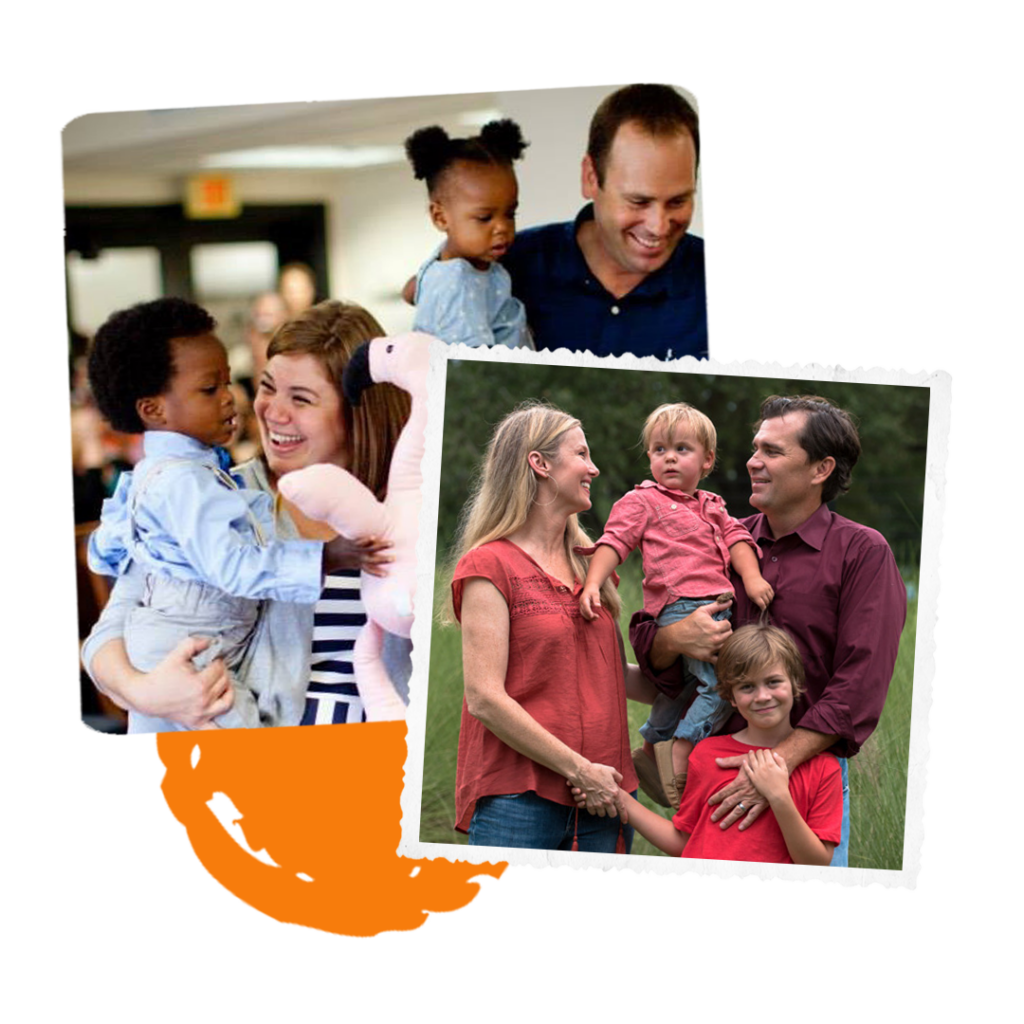There are over 10,000 children in Texas who are waiting for foster and/or adoptive homes. The need for foster parents is rising due to the increasing number of abused and neglected children who need homes. Foster parents play a significant role in providing a safe, stable environment for the child while they wait for permanent placement. In most cases, the primary goal of foster care is for the child and biological parents to be reunified.

First, you will need to attend an informational meeting in your area where you can discuss the scope and requirements of being a foster or adoptive parent. During the meeting, you will receive basic information and questions are welcome. If you are interested in fostering or adopting through DePelchin, you can find an upcoming informational orientation here.
If you live within 75 miles of Greater Houston, Austin, Lubbock, or San Antonio, you can visit our Prospective Parents page to learn how to get started with DePelchin. If you live outside of these areas, please visit the Texas Department of Family and Protective Services (DFPS) website to get started.
If you think you may be interested in adopting a child after you’ve become their foster parent, planning to foster to adopt in Texas may be the right path for you. With this option, you would become a foster parent with the potential to adopt your foster child if they become eligible for adoption. Dual certification of parents to both foster and adopt speeds up the placement process and reduces the number of moves a child makes. Nearly half the adoptions of children in DFPS foster care are by their foster families. Most Texas foster care children do not become eligible for adoption, but if they do, priority when choosing adoptive parents is first offered to biological family members, and then to his or her foster parents.
This fact can be tough for some hopeful adoptive parents to accept. If you do not feel that the possibility of reunification between the foster child and their birth parents aligns with what you are looking for, fostering to adopt may not be for you.
DePelchin’s families come in all shapes and sizes. They are single or married, same-sex or traditional, working or retired. They are renters or homeowners, have children of their own or no parenting experience. What they all share is a genuine desire to care for children and the ability to provide a safe and loving home. To foster and adopt a child, prospective parents should meet the following:
DePelchin Children’s Center supports and sustains children and the families who care for them. We provide comprehensive services focused on ensuring all children are part of safe, caring homes.
